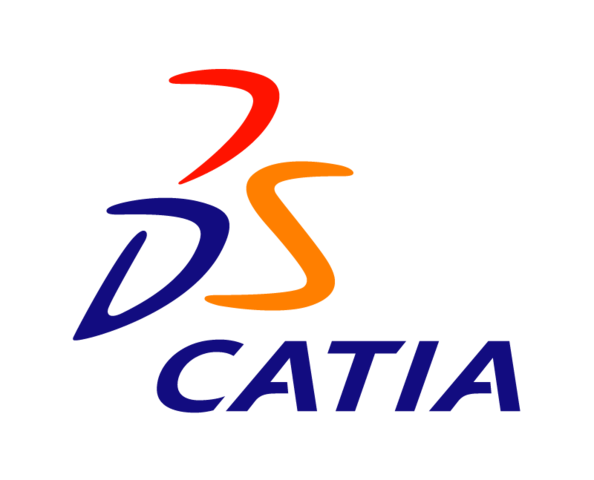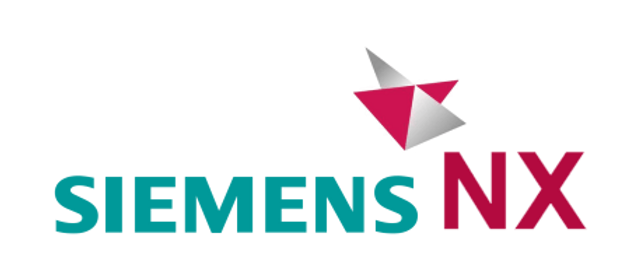It’s every engineering manager’s goal to deliver high-quality products, fast. Producing products quickly without compromising on accuracy or cost can be difficult. It requires more than just talent, it demands the right tools. Among the most critical of these are computer-aided design (CAD) tools. Choosing a CAD solution that enhances productivity and accelerates innovation is essential. In this blog, we’ll explore how engineering managers can leverage the power of modern CAD tools to streamline collaboration and reveal why PTC Creo stands out as a top choice.
Enhancing Engineering Productivity with CAD
Finding the best CAD tool for engineering can be a challenge. While some tools are just software to help you complete your work, others are comprehensive product development platforms. Ensuring you choose a solution that empowers your engineers to work smarter, not harder, is important to accelerating product development. The tool you choose should be designed to support everything from conceptual design to detailed engineering and simulation. PTC’s Creo encompasses this description, delivering the full breadth of capabilities needed to optimize the product lifecycle.

CAD Software Comparison: Creo vs. Other Leading Tools
When evaluating CAD tools, engineering managers frequently compare PTC’s Creo with popular alternatives such as SolidWorks, CATIA V5, Autodesk Inventor, and Siemens NX. While each of these platforms has strengths, Creo consistently stands out due to its features that promote efficiency.




Generative Design and Simulation
Creo excels with built-in AI and generative design capabilities, thanks to extensions like the Generative Design Extension (GDX) and Generative Topology Optimization (GTO). In contrast, SolidWorks, Autodesk Inventor, and CATIA V5 offer limited or third-party solutions for similar functionality.

Simulation is another critical differentiator. Creo seamlessly integrates real-time simulation powered by Ansys. This feature allows engineers to validate designs early, often within the same environment. While CATIA does offer strong simulation capabilities, they tend to be less user-friendly. SolidWorks and Inventor provide only basic simulation features unless expanded with additional modules or plugins.
Collaboration and Integration
Collaboration across design teams using different tools is increasingly vital. Creo’s Unite Technology enables teams to import and edit files from other major CAD systems like SolidWorks, CATIA, NX, and Inventor without translation or data loss. Competing platforms often rely on proprietary formats, making collaboration with outside vendors or legacy systems more cumbersome.
For teams that require tight integration with product lifecycle management (PLM), Creo shines again with native support for Windchill. This enables a single source of truth for engineering data and design iterations. PTC’s integrated digital thread streamlines cross-functional teams. While CATIA can integrate with Dassault’s ENOVIA PLM, and SolidWorks has optional add-ons, these solutions often come with added cost or complexity. Inventor, by comparison, lacks a native enterprise-grade PLM solution.
Automation
Automation and design reuse are important factors for achieving efficiency in product development. Creo offers advanced tools that allow teams to rapidly repurpose components, templates, and workflows. SolidWorks and Inventor lag behind with more manual, limited automation capabilities. Similarly, Creo’s built-in support for augmented reality (AR) through its AR Design Share tool allows engineers to visualize and share models in real-world contexts. This feature is entirely missing from other platforms.
User-friendly
Creo’s user-friendly interface makes it easier for new users to ramp up, particularly those transitioning from other systems. While SolidWorks is known for its beginner-friendly design, Creo matches that ease of use with consistent workflows and intuitive navigation. CATIA, by contrast, presents a steep learning curve, and Inventor’s capabilities may feel fragmented depending on the user’s experience level.
The verdict? Creo offers a broader suite of integrated, scalable design tools in one platform. It reduces reliance on third-party add-ons and fragmented workflows. For managers seeking a unified solution to elevate their team’s output, Creo leads the pack.
Why Creo Is One of the Best CAD Tools for Engineering
PTC Creo has earned its reputation as one of the best CAD tools for engineering because it addresses the full spectrum of engineering needs. Creo provides an all-in-one platform encompassing concept design, simulation, detailing, and manufacturing. Furthermore, it offers new features that are the future of CAD. These include native AR support, additive manufacturing features, and cloud-based generative design. Creo is also scalable for any team. It supports everything from basic 3D modeling to advanced FEA and CFD, making it a great solution for startups all the way to global enterprises. In addition to this, Creo is easy to adopt. Its intuitive interface, combined with PTC’s learning resources, allows new users to quickly start designing. Lastly, PTC offers both locked and floating licenses, offering competitive pricing and flexible options. With a strategic PTC partner like SPK, these prices become even more competitive due to discounts.
The Benefits of Choosing PTC Creo
Engineering managers benefit from Creo’s ability to:
- Accelerate product innovation through AI-driven generative design, flexible modeling, and real-time simulation with Ansys integration.
- Enable design reuse and IP preservation, helping teams repurpose existing models and reduce repetitive tasks.
- Replace assumptions with facts by embedding early simulation and validation directly into the design process.
- Streamline collaboration using multi-CAD support and integrated product data management via Windchill, ensuring a single source of truth across teams.
With Creo, teams can achieve faster time-to-market, reduce engineering time spent on rework, and eliminate non-value-added activities that stifle innovation. Moreover, real-world success stories highlight how Creo delivers 30-70% faster design cycles, improved product quality, and increased team satisfaction.
Engineering Made Easy with PTC
Engineering managers looking to enhance engineering productivity should start by evaluating the tools that power their teams. A powerful, integrated, and scalable CAD solution can unlock the efficiencies needed to bring products to market faster. Creo stands out due to its robust features and focus on innovation. In a crowded CAD software market, Creo continues to deliver measurable value, making it the best choice for engineering teams striving for excellence. If your goal is to reduce design complexity and empower your engineers to do their best work, PTC Creo is the clear CAD solution for you. To get started with PTC Creo, contact our experts today.










